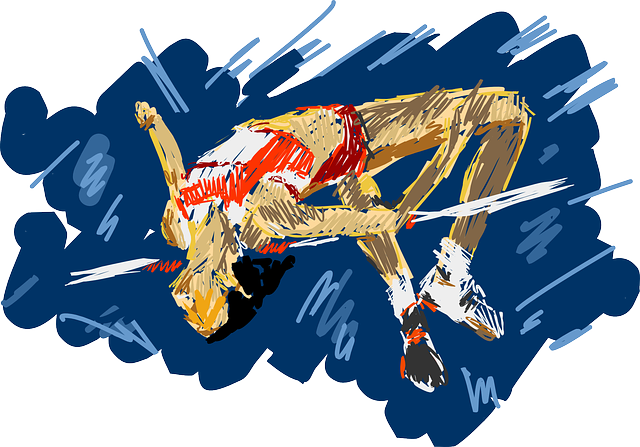Advanced sports regenerative treatments, including cryotherapy, compression therapy, PRP therapy, and shockwave therapy, offer faster injury recovery and enhanced muscle repair for athletes without invasive procedures. These non-invasive athletic care solutions prioritize comfort, speed up performance recovery, and minimize downtime, enabling athletes to return to peak form sooner while pushing training regimens to new heights. Techniques like platelet-rich plasma (PRP), regenerative sports therapy, targeted exercises, and massage focus on the body's inherent healing abilities for optimal recovery management.
In today’s competitive sports landscape, faster and more effective athletic recovery is paramount for athletes’ peak performance. This comprehensive guide delves into non-invasive solutions that revolutionize the way we approach injury repair. From advanced sports regenerative treatments to innovative muscle recovery techniques, discover how these cutting-edge methods unlock quicker performance recovery.
Explore natural approaches to treating athletic injuries, step-by-step overviews of regenerative therapies, and the transformative power of these modern techniques in enhancing athletes’ well-being and speeding their return to competition.
- Understanding Non-Invasive Athletic Recovery: A Comprehensive Guide
- The Role of Advanced Sports Regenerative Treatments in Accelerating Injury Repair
- Exploring Effective Muscle Recovery Solutions: Beyond Traditional Methods
- Regenerative Sports Therapy: Unlocking Faster Performance Recovery for Athletes
- Natural and Non-Invasive Approaches to Treating Athletic Injuries: A Step-by-Step Overview
Understanding Non-Invasive Athletic Recovery: A Comprehensive Guide
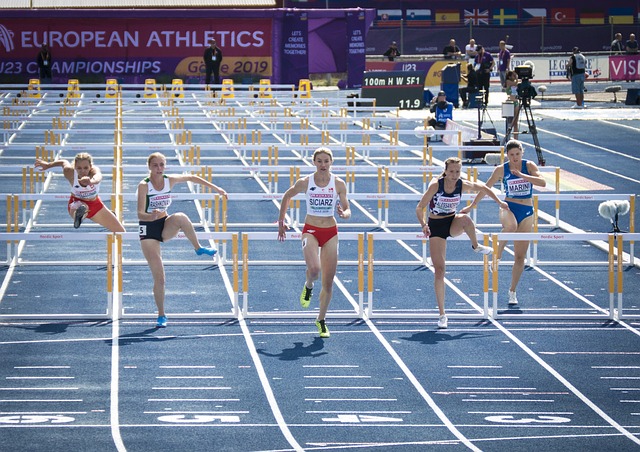
Understanding Non-Invasive Athletic Recovery: A Comprehensive Guide
Non-invasive athletic recovery has emerged as a game-changer in the world of sports medicine, offering advanced recovery techniques that promote performance and reduce downtime. These innovative sports regenerative treatments go beyond traditional methods, focusing on the body’s natural healing processes to accelerate injury recovery therapy. By employing cutting-edge technologies and natural solutions, such as regenerative sports therapy, athletes can achieve faster muscle recovery without invasive procedures.
This holistic approach to athletic care encompasses various methods, including cryotherapy, compression therapy, and targeted exercise regimens. These strategies not only aid in reducing inflammation and pain but also enhance blood flow, which is crucial for delivering essential nutrients to sore or injured muscles. As a result, athletes can experience improved recovery times and maintain peak performance levels throughout their training and competition schedules.
The Role of Advanced Sports Regenerative Treatments in Accelerating Injury Repair
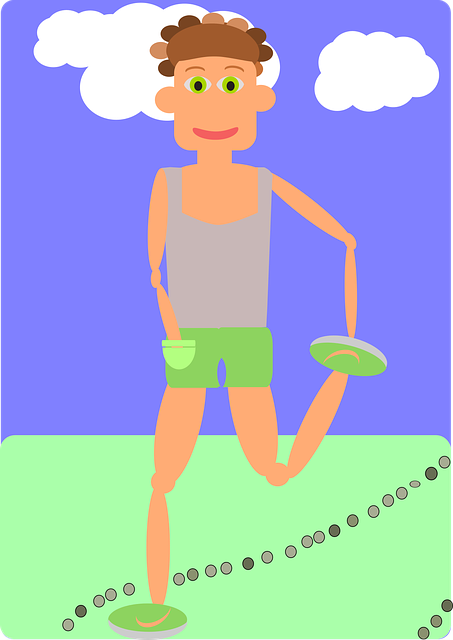
Advanced sports regenerative treatments are revolutionizing the way athletes approach athletic recovery. These innovative therapies focus on accelerating injury repair and enhancing muscle recovery solutions, enabling faster performance recovery. Techniques such as platelet-rich plasma (PRP) therapy and shockwave therapy have gained popularity in the non-invasive treatment of athletic injuries.
Regenerative sports therapy offers a natural and effective way to treat muscular strains, tendonitis, and other common athletic injuries without the need for invasive procedures. By stimulating the body’s inherent healing processes, these advanced recovery techniques promote tissue regeneration and reduce inflammation, resulting in quicker and more efficient injury recovery. This non-invasive athletic care is particularly beneficial for professional athletes looking to minimize downtime and maintain peak performance.
Exploring Effective Muscle Recovery Solutions: Beyond Traditional Methods

In the pursuit of optimal athletic performance and reduced downtime between training sessions, athletes are increasingly exploring advanced recovery techniques beyond conventional methods. Traditional rest and rehabilitation strategies, while effective, often fail to address the complex physiological processes involved in muscle repair and injury recovery. This has led to a surge in interest towards non-invasive athletic care solutions, such as sports regenerative treatments and regenerative sports therapy. These cutting-edge approaches harness the body’s natural healing mechanisms to accelerate muscle recovery solutions and enhance performance recovery, ultimately minimizing the risk of athletic injury treatment and promoting faster return to competition.
From targeted stimulation techniques like electrical muscle stimulation (EMS) and low-level laser therapy, to innovative treatments using platelet-rich plasma (PRP) and stem cell therapy, a diverse array of options is now available. These advanced recovery techniques offer promising results in reducing inflammation, promoting tissue repair, and improving overall athletic recovery. As research continues to evolve, athletes can expect even more effective and tailored non-invasive athletic care solutions, further optimizing their training regimens and pushing the boundaries of performance.
Regenerative Sports Therapy: Unlocking Faster Performance Recovery for Athletes
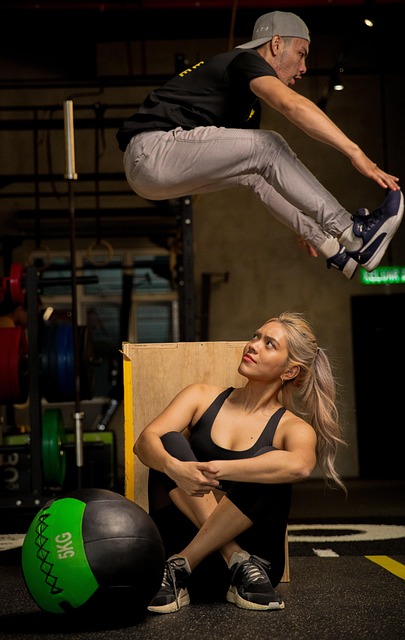
Regenerative Sports Therapy is revolutionizing athletic recovery, offering athletes a game-changer in their pursuit of optimal performance. This advanced approach focuses on the body’s natural healing mechanisms to accelerate injury recovery and enhance muscle repair. By utilizing innovative treatments like platelet-rich plasma (PRP) therapy, athletes can experience reduced inflammation, accelerated tissue regeneration, and improved range of motion, all without the need for invasive procedures.
These sports regenerative treatments have gained popularity due to their non-invasive nature, minimal downtime, and exceptional results. They provide a natural way to combat athletic injuries, ensuring that athletes can return to their peak performance levels swiftly. With the help of specialized therapies, athletes can now efficiently manage pain, promote tissue repair, and optimize their recovery process, ultimately contributing to better overall performance.
Natural and Non-Invasive Approaches to Treating Athletic Injuries: A Step-by-Step Overview
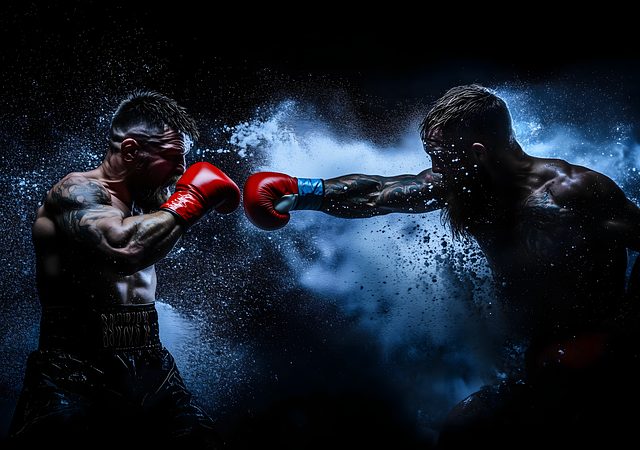
Natural and Non-Invasive Approaches to Treating Athletic Injuries offer a promising path for athletes seeking faster and effective recovery without the risks associated with surgical interventions. These methods focus on harnessing the body’s inherent healing abilities, utilizing advanced techniques such as platelet-rich plasma (PRP) therapy, which involves injecting concentrated blood components to stimulate tissue repair and promote muscle recovery solutions. Additionally, regenerative sports therapy integrates targeted exercises, stretching routines, and specialized massage techniques to enhance performance recovery and reduce inflammation.
Step-by-step, this process begins with a thorough assessment of the athletic injury by sports medicine professionals who identify the specific area(s) affected. Subsequently, tailored treatments are implemented, combining active rehabilitation exercises designed to improve mobility and range of motion with passive therapies like heat/ice therapy, ultrasound, and electrical stimulation for pain management. By adopting these non-invasive athletic care strategies, athletes can navigate their recovery journey more comfortably, aiming to return to peak performance while minimizing the downtime typically associated with traditional injury treatment methods.
In conclusion, non-invasive solutions offer a promising path for athletes seeking faster and more effective recovery. By exploring advanced sports regenerative treatments and natural approaches, such as muscle recovery strategies and regenerative sports therapy, athletes can enhance their performance recovery while reducing reliance on invasive procedures. Embracing these cutting-edge techniques empowers individuals to navigate athletic injuries efficiently, ultimately contributing to a holistic and sustainable return to sport.
